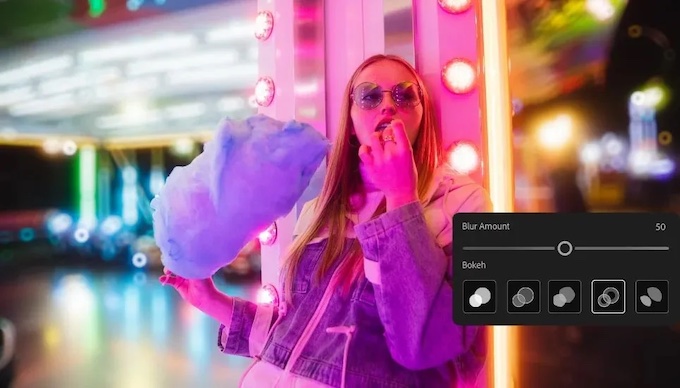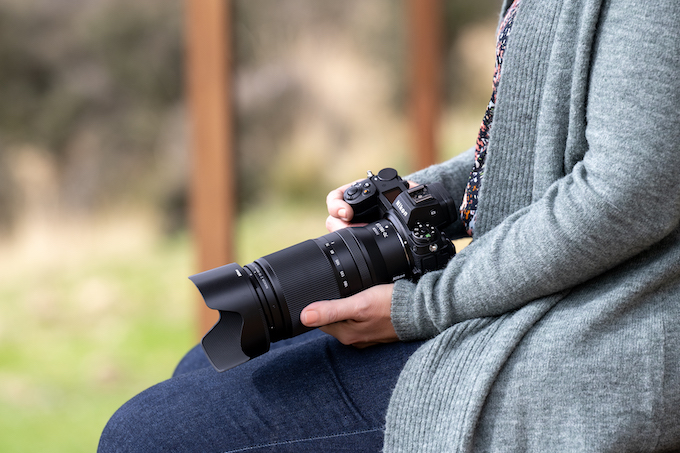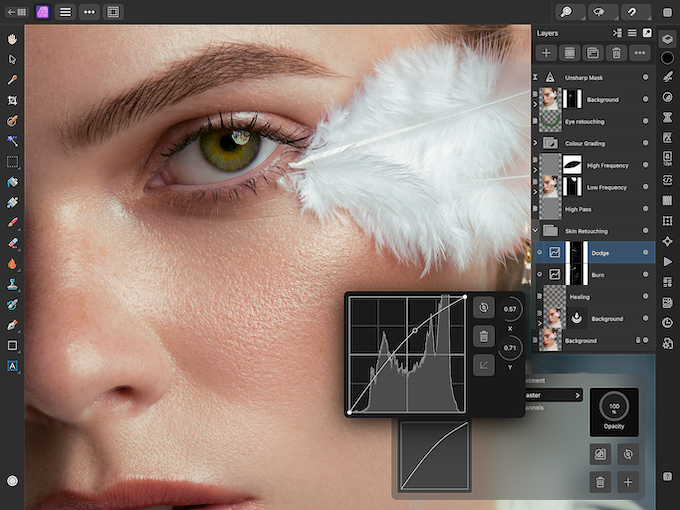Software
For 20 versions, Corel PaintShop Pro has probing the sweet spot between the nearly endless features of Adobe Photoshop and the more stripped down capabilities of Elements or Lightroom. With the release of PaintShop Pro 2018, Corel has closed in on it.
The Windows-only software is available in two versions: PaintShop Pro 2018 for $80 and PaintShop Pro 2018 Ultimate for $100. PaintShop Pro 2018 is compatible with Photoshop plugins. The Ultimate version that I tested adds Corel Painter Essentials 5, Corel AfterShot 3 and Perfectly Clear 3 SE to the lower priced version. Both versions include 32- and 64-bit software.
What’s New
The first change prior users will notice is the improved, easier to use interface. Opening the program presents you with a new Welcome screen, reminiscent of the Adobe Create screen in Photoshop CC. You have the option of using one of the new workspaces, Essentials or Complete, and then creating a new document, downloading templates for cards, calendars, etc., or opening a file on your computer. Also available through the Welcome screen are What’s New, tutorial videos and a link to technical support.
PaintShop Pro 2018 features enhancements to many of the tools in previous versions. These include the crop, text, selection, clone, brush, gradient fill, dropper and eraser tools. There are 30 new patterns, 30 new brushes, 30 new gradient fills, 15 new textures and 10 new color palettes as well.
User Friendliness
The enhancements Corel made to the user interface will benefit both new and existing users. The first time you choose either the Essentials or Complete workspaces, a wizard opens in an inset screen and introduces the workspace. The Essentials workspace presents a simplified set of the most common editing tools. A Quick Customize button at the bottom of the tools panel allows you to add or remove tools for your particular workflow. Many of the Complete tools and palettes are available in the Essentials workspace, but hidden by default.
Corel has chosen to hide the Adjust tab found in previous versions in order to simplify the workspaces, though you can still bring it back using the Preferences menu. There is still an Adjust drop-down menu and the Enhance Photo drop-down menu duplicates a few of its controls.
A full complement of pro-level tools, as well as the Manage file management mode, are part of the Complete workspace. You can switch between the Essentials and Complete workspaces at any time by selecting the large “home” icon at the top of each workspace or by going to File and then Workspaces. By default, the two workspaces are shown in different shades of gray, but you can easily adjust these values as well as just about everything else in the interface.
Both workspaces include a Learning Center in the Palettes drop-down menu with explanations on the use of the tool you have selected. You can dock, hide or auto-hide many of the palettes for a cleaner, simpler workspace.

When you open the Essentials or Complete workspaces, a pop-up screen opens to familiarize you with the workspace.
What We Liked
I chose to work in the Complete workspace almost exclusively. I liked the ability to move from editing to file management quickly. The Manage mode functions much like Adobe Bridge. You can import images from a camera, card reader or scanner, tag photos with keywords, people and places, and apply ratings. You can also create Smart Collections of images that meet your defined criteria. And you do all this without leaving the Complete workspace—a real time-saver.
The Edit mode includes a full set of the tools in Photoshop that most photographers utilize. You can perform selections, add adjustment layers, clone and do content-aware removal of objects. The Auto Selection tool allows you to draw a rectangle around an object and it automatically does a good job finding edges to make the selection.
Creating interesting compositions can be difficult even for professionals, but the new golden ratio, golden spiral and other composition guides in the enhanced crop tool take a lot of the mystery out of this. Common photo print sizes are also available, and when you rotate the crop, the image rotates, not the crop outline, so there is no need to tilt your head to imagine what the rotated view will look like.

The Quick Customize button at the bottom of the toolbar allows you to populate the toolbar with only those tools you want to use for the current session.
What We Didn’t Like
Corel makes a point of discussing speed increases in the latest version. These are always difficult to quantify. The new Essentials and Complete workspaces will likely speed up editing for the users for whom they are targeted, however, even after trying several different configurations of the Complete workspace, it still seemed cluttered to me. And while PaintShop Pro 2018 opened more quickly than version X7 (the latest version I have), some of the enhancements take longer than I would like to be applied.
The enhanced selection tools work very well, but once a selection is turned into a mask, adjusting the mask doesn’t go so well. That’s because you must click on the Edit Selection button in the Layers palette and use the brush tool to add or remove (white adds while black removes). Editing the mask is not nearly as well handled as it is in competing programs and is more difficult than using Photoshop’s Select and Mask.
How It Compares
The Windows platform is bursting with competition in image editing. For smooth workflow—from import to straightforward image enhancement to output. Lightroom is tough to beat. ACDSee Photo Studio Ultimate 2018, ON1 Photo Raw 2017 and Affinity for Windows all offer a lot to like and are also looking to lure away Photoshop users.
For enthusiasts (those users who might be content with the Essentials workspace in PaintShop Pro 2018), there’s Adobe Photoshop Elements to consider.
Bottom Line
If you are a photographer looking for advanced Photoshop-style tools and are also interested in the painting tools of the visual arts, all without making too significant of a financial investment, PaintShop Pro 2018 is worth a serious look.
Stan Sholik is a commercial/advertising photographer based in Santa Ana, California. He specializes in still-life and macro photography. His latest book, Shoot Macro, for Amherst Media is available now.
Related: Hands-On Review of ON1 Photo RAW 2017.5
Hands-On With Topaz Studio, A Free And Powerful Image Editor
Are You Using the Best Photo Software







